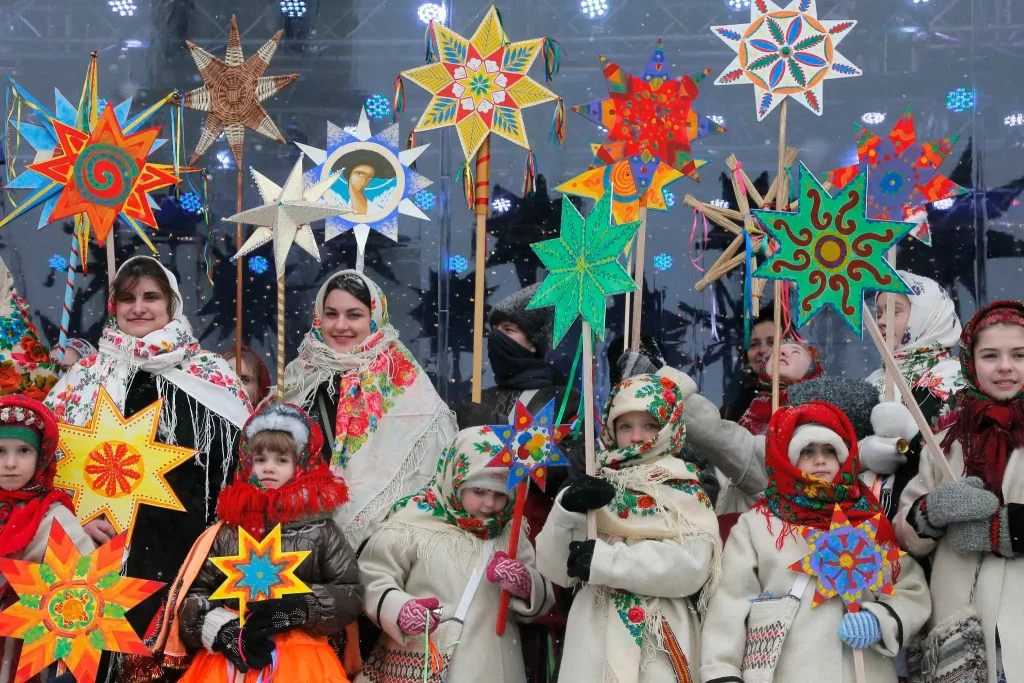By: Olena Zubrytska
In 1916, the Ukrainian composer Mykola Leontovich arranged, at the request of the Ukrainian Republic Capella conductor, “Shchedryk”- the iconic melody that Canadians today recognize as the “Carol of the Bells”. Since then, its popularity as a classic Christmas piece has grown around the world . Although Leontovich deserves some credit for helping place the song on the Billboard Greatest of All Time Holiday Songs list (currently occupying 2 of the 100 top spots), the original tune was sung in rural Ukrainian villages well before the 1900s.
The original folk melody that inspired Leontovich’s composition was sung not on Christmas, but for the Julian New Year on January 14th to wish others a prosperous year. It’s name in Ukrainian “Щедрик” derives from the word “bountiful”, and translates roughly to “the generous one” as the song describes a plethora blessings in the new year. In the traditional folk lyrics, a swallow flies into a household to tell the master of all the gifts that the new year will bring him: healthy livestock, a lot of money, valuable goods, and a beautiful wife. In pre-christian Ukraine when the New Year was celebrated in April (that’s back in the 1st century!), the swallow was a symbol of the spring approaching and hopefully a successful harvest season. This means that the original song was not only unrelated to Christmas both religiously and symbolically, but representative of a different season and theme entirely.
So how did this simple unlikely tune become a staple for the biggest holiday of the year? Well, during a difficult political time Leontovich was commissioned to promote Ukrainian music in the West. By this time, the song had already been associated with winter for thousands of years because of the Ukrainian nation’s transition to the Julian New Year. As part of this promotional tour, “Shchedryk”, among others, was played in front of a sold-out audience at Carnegie hall in New York. After hearing this performance, American choir director Peter J. Wilhousky, enchanted by the bell-like melody, wrote english lyrics and copyrighted them in 1936. With many new references in the new lyrics: silver bells, caroling and wishes of a “merry, merry, merry, merry Christmas”, Shchedryk became widely known as Carol of the Bells.
Throughout the years, the melody and song has grown in popularity, being performed by Beyoncé, the Barenaked Ladies, the Piano Guys, Metallica and Petatonix. It has been featured in American television including South Park, the Muppet Show, Simpsons, Family Guy, Saturday Night Live, and Home Alone among many others. And although the Carol of the Bells is associated with Christmas all over the world, in the villages of its origin, it has nothing to do with the holiday. In fact, if they hear the tune before January 14th, Ukrainians might just tell you that it’s too early to sing Shchedryk!
